Every day, Mac users face their screens and see a breath-taking photo of a natural California landmark.
One YouTuber set out with friends to re-create the photographs in Apple’s macOS wallpapers during a week-long road trip.
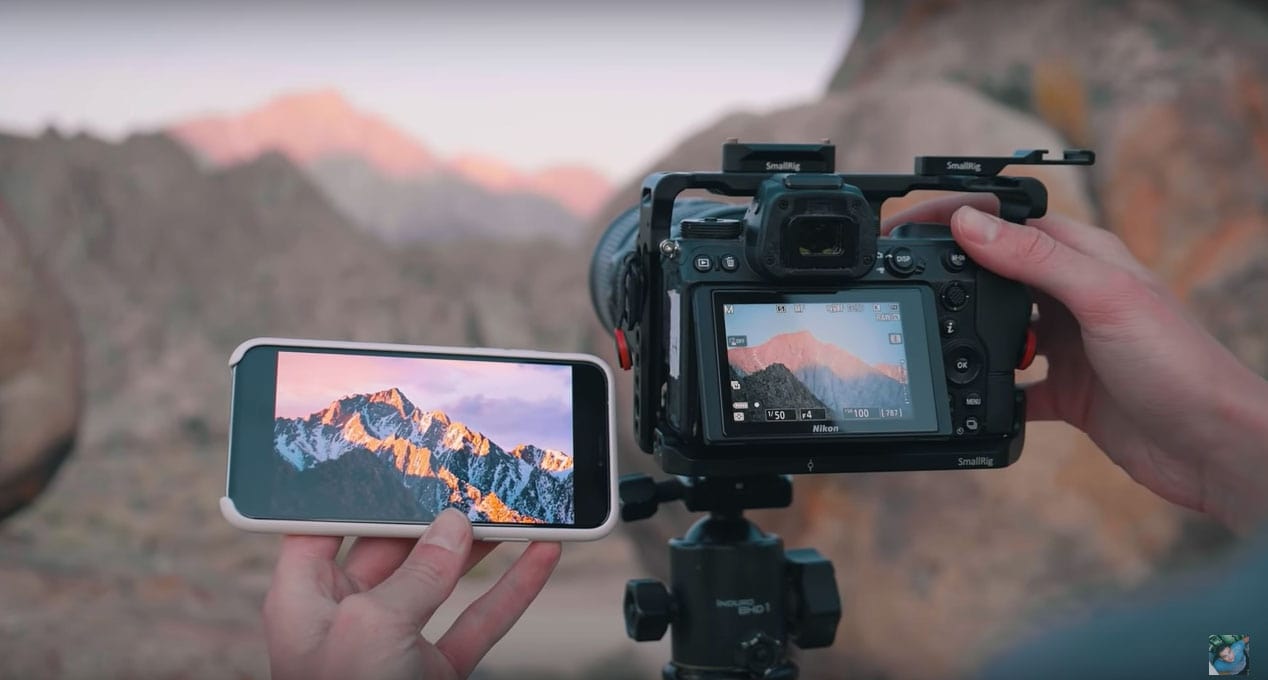
Every day, Mac users face their screens and see a breath-taking photo of a natural California landmark.
One YouTuber set out with friends to re-create the photographs in Apple’s macOS wallpapers during a week-long road trip.
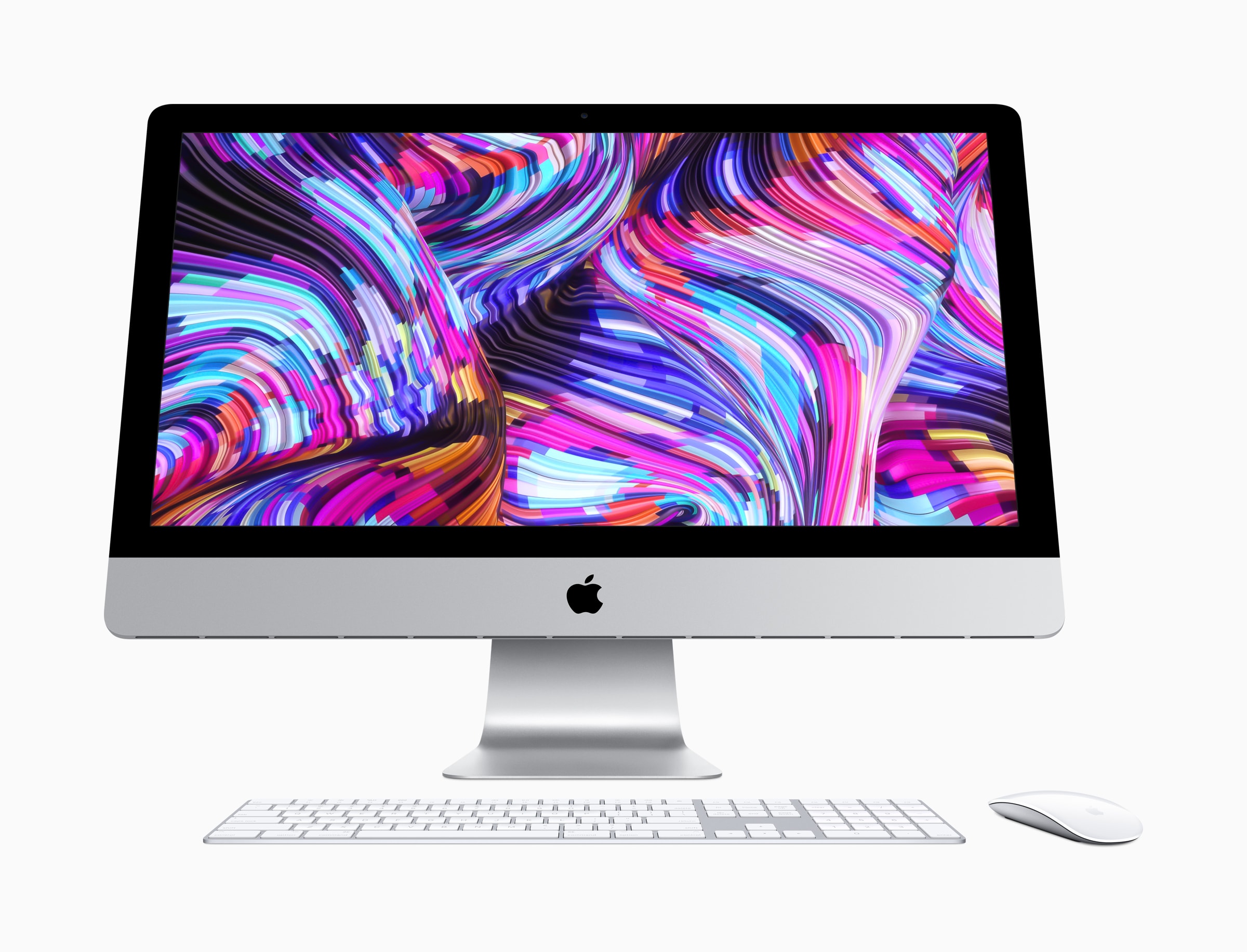
Apple has published a list of Macs that are still vulnerable to “ZombieLoad” exploits because they cannot be patched.
The older machines — all made before 2011 — may receive security updates, Apple says. But a proper fix won’t be available because Intel won’t release the necessary microcode updates.
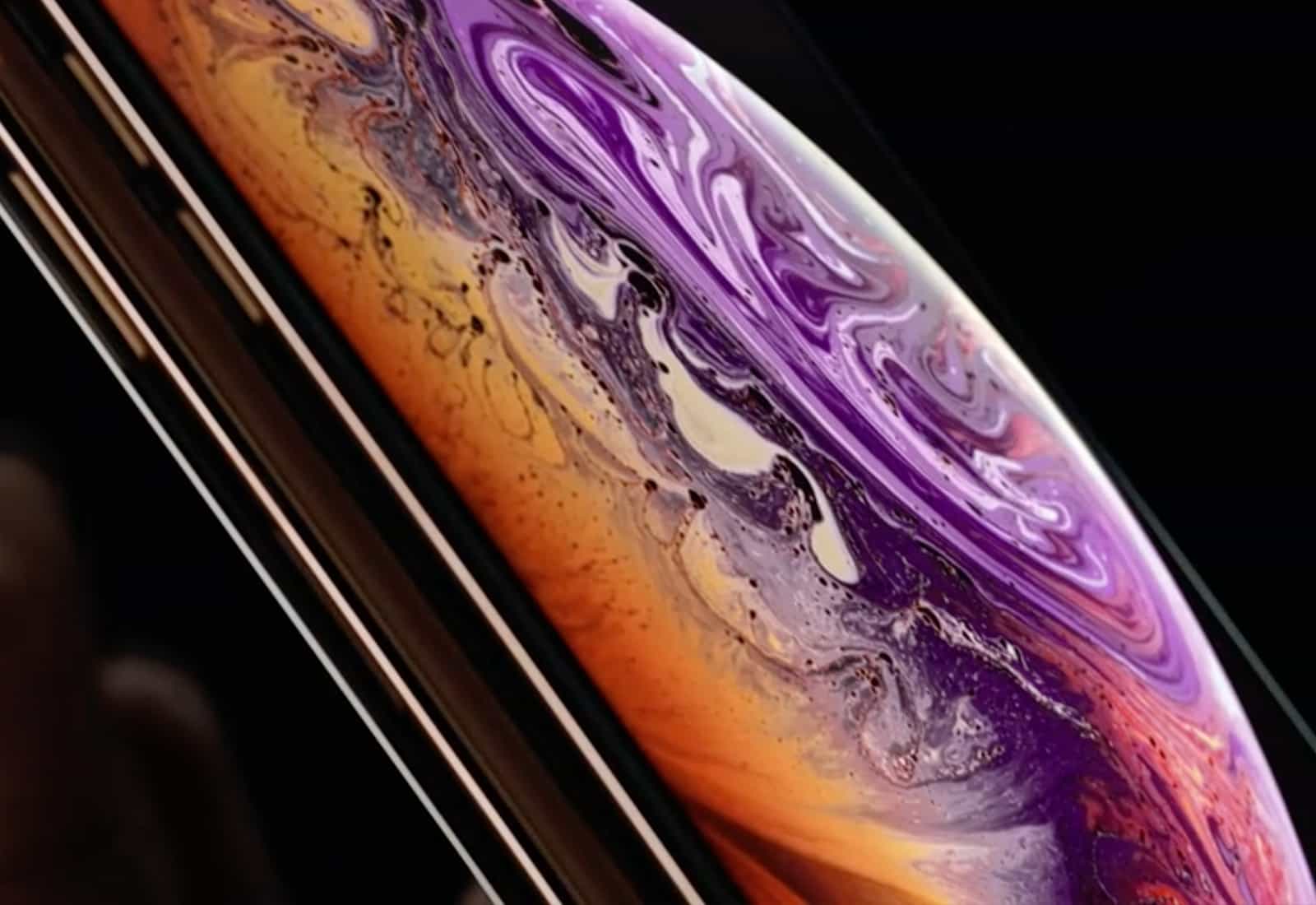
Let’s not beat around the bush — the new iPhone names are a mess. “iPhone XS Max” sounds like a body spray for teenagers and the “XR” in iPhone XR means … well, not very much at all.
Today’s iPhones are an explosion of confused branding.
But the 2018 iPhones definitely aren’t the first time Apple products bore baffling, awkward or just plain rubbish names. Brace yourself for a repulsive refresher as we recount the worst Apple product names of all time.
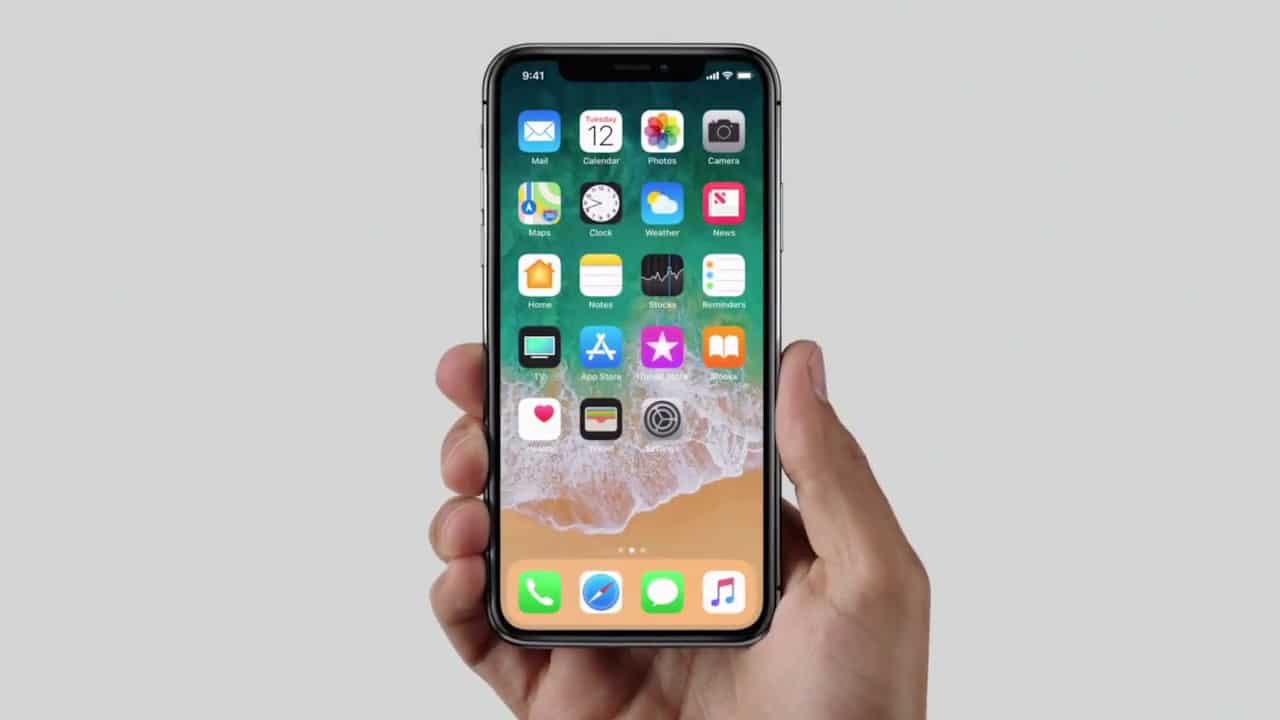
iOS 12 and macOS Mojave are all the rage after WWDC 2018, but Apple’s not quite done working on iOS 11 and macOS High Sierra.
Developers received a fresh batch of beta updates this morning, including the second builds of iOS 11.4.1 and macOS 10.13.6, both of which bring a host of bug fixes and under-the-hood improvements.
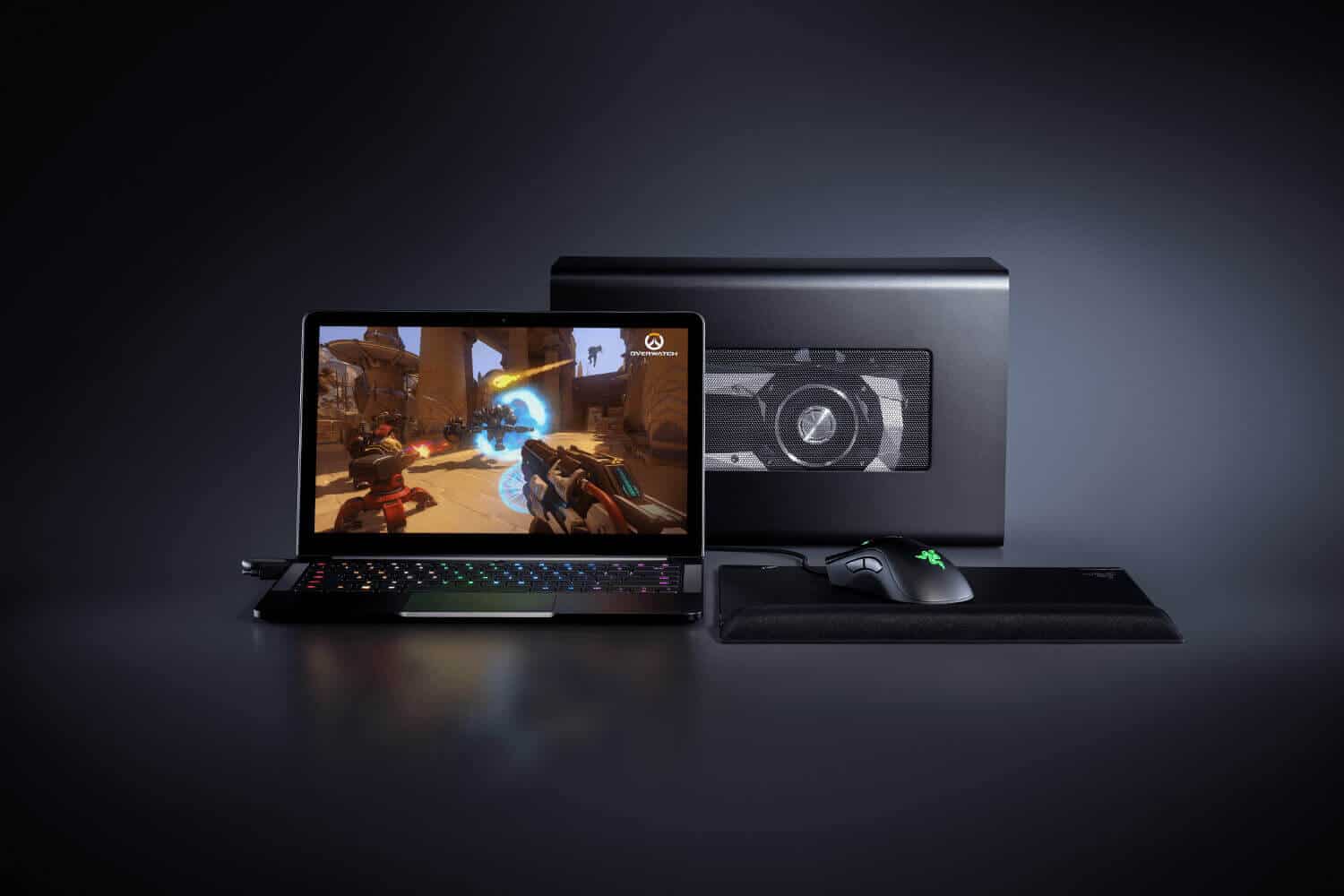
Razer today updated its lineup of eGPU enclosures, adding a more affordable model that’s finally compatible with macOS. The Core X is $200 cheaper than its sibling, the Core V2 — and in some ways, it’s even better.

Sometime, probably quite soon, your Mac will stop running 32-bit apps. All new Macs have 64-bit processors, and Apple wants to phase out older 32-bit apps in order to “enable faster system performance” for your Mac as a whole. What this means is that, in an as-yet-unspecified future version on macOS, 32-bit apps will stop running altogether.
If you’re running macOS High Sierra 10.13.4, then you may already have seen a warning pop up onto the screen when you launch older apps. Today we’ll see how to view a list of all the 32-bit apps on your Mac, so you can either harass the developer to update them, look for a better-supported alternative, or just delete them.
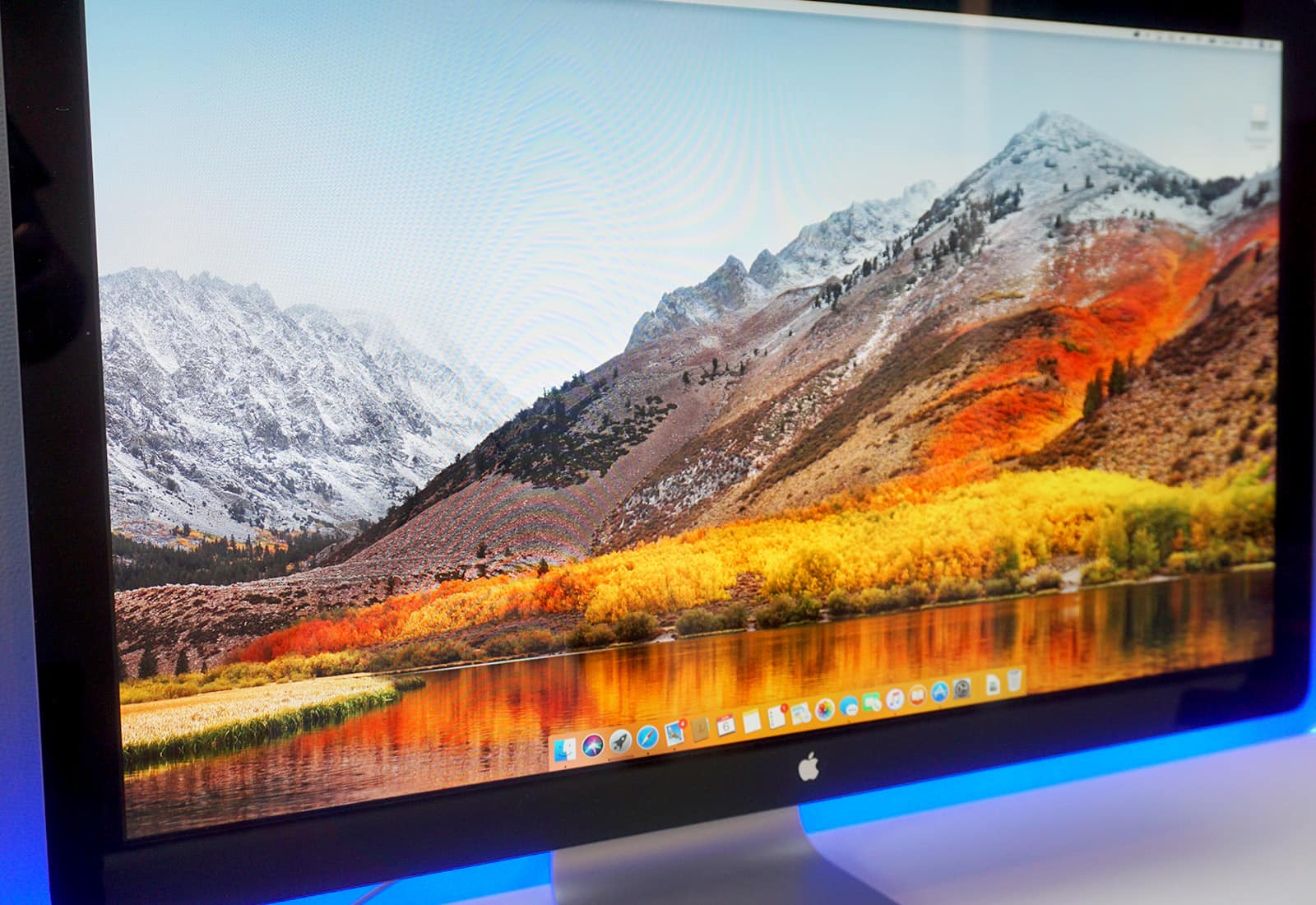
Apple has begun issuing notifications to macOS users that confirm plans to drop support for 32-bit applications.
“This app needs to be updated by its developer to improve compatibility,” reads the warning users will see when they load a 32-bit app for the first time in macOS High Sierra 10.13.4. This is the final version of macOS that will allow 32-bit apps to be opened “without compromise.”
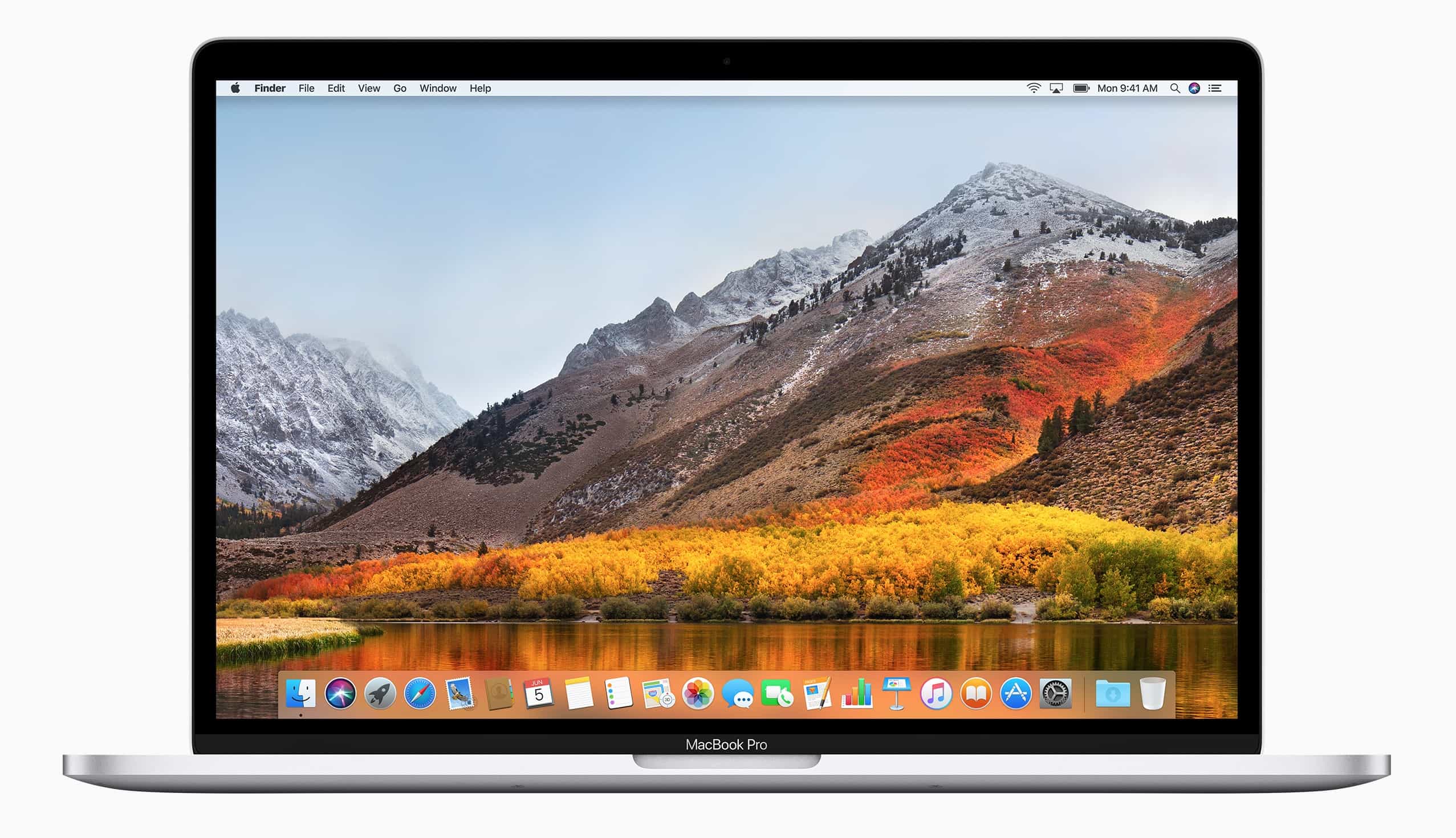
Apple looks set to release its macOS High Sierra 10.13.4 update with official eGPU support at any moment. An inadvertent Mac App Store listing indicates the company is making preparations for a public rollout following weeks of beta testing.
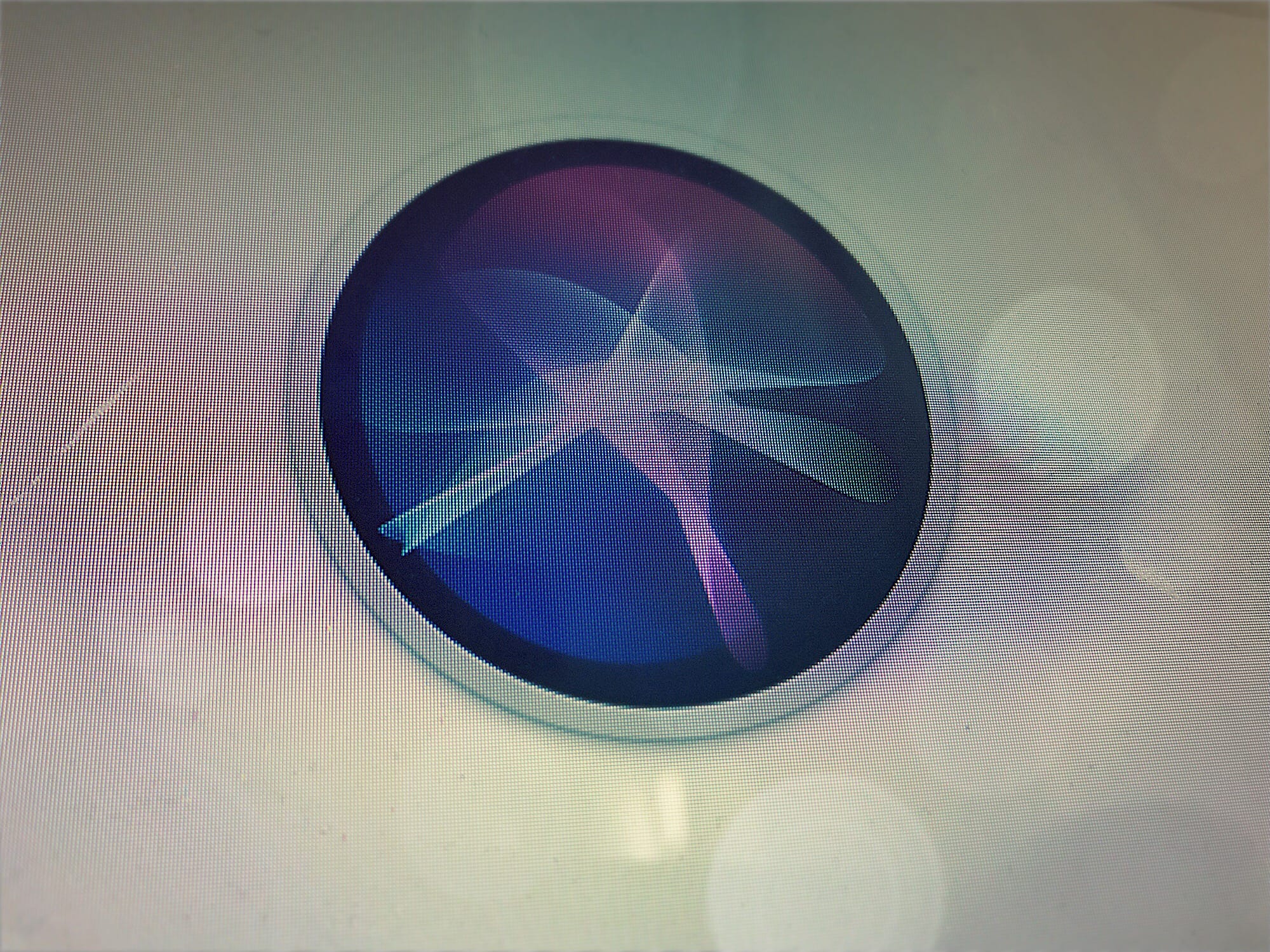
Type to Siri isn’t just for iOS 11. You can also turn on this super-useful feature on your Mac if it’s running macOS High Sierra. Type to Siri lets you do everything you can with normal Siri — call people, send iMessages, look stuff up on the web, do math, set reminders, and so on — only you type the command into a box instead of saying it. Type to Siri is classified as an accessibility feature, but it’s useful for anyone who works in a busy office, or just feels like a dork when they talk to their Mac.
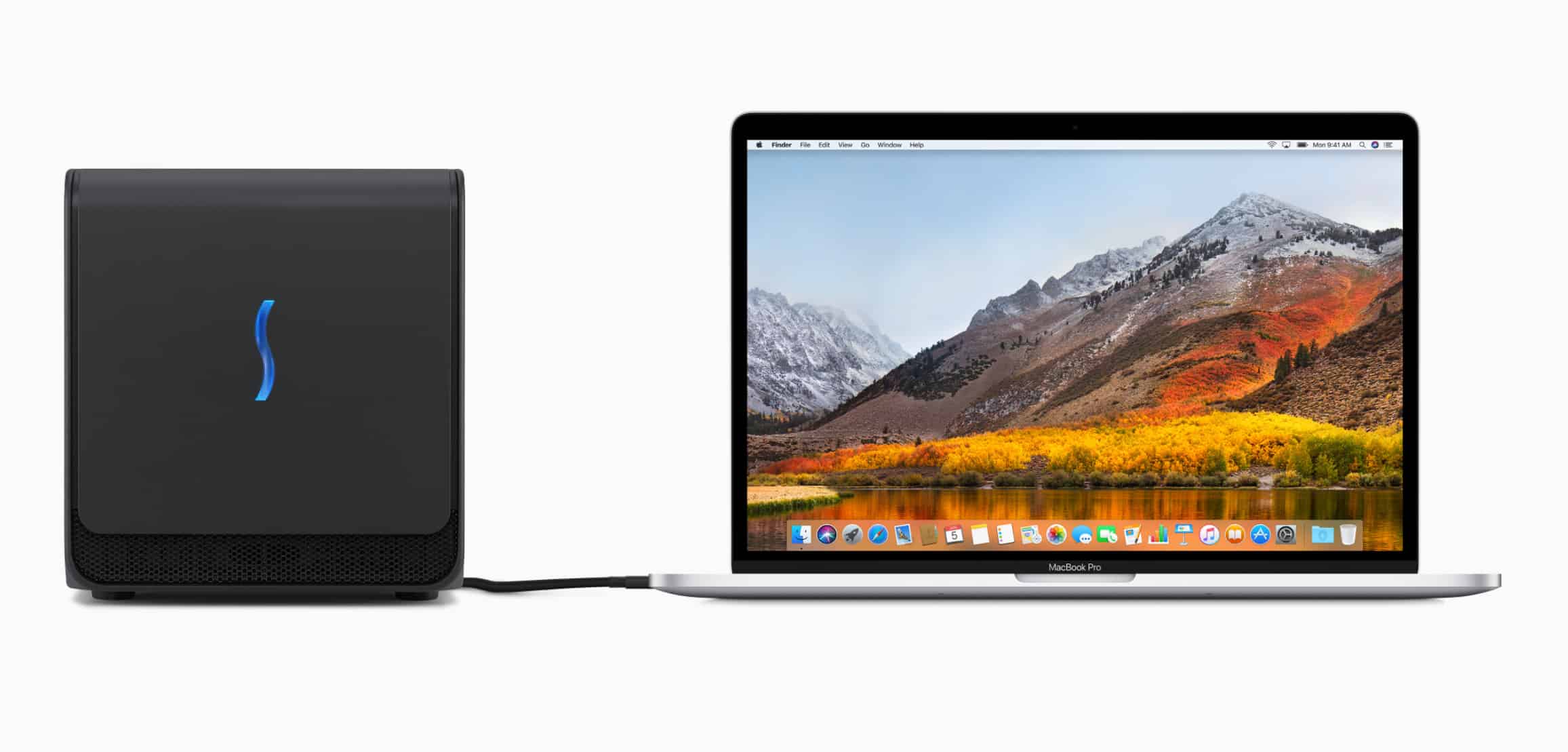
Apple rolled out its first macOS 10.13.4 beta on Wednesday, and testers have noticed big improvements to the way in which it handles eGPUs.
In addition to a new clamshell mode, it is now possible to connect and use an eGPU while a machine is already running.

Developers received a hot new batch of updates from Apple today that bring a host of new features to Macs and the Apple TV.
tvOS 11.3 beta 1 and macOS 10.13.4 beta 1 are now available for registered developers, along with a new XCode 9.3 build and iOS 11.3.
![Yet another crazy bug surfaces in macOS High Sierra [Update] macOS High Sierra](https://www.cultofmac.com/wp-content/uploads/2017/10/high-sierra.jpg)
Yet another serious security flaw has been discovered in macOS High Sierra.
The bug, which remains present in Apple’s most recent public release, allows anyone to change the App Store settings in System Preferences by entering anything as your password.
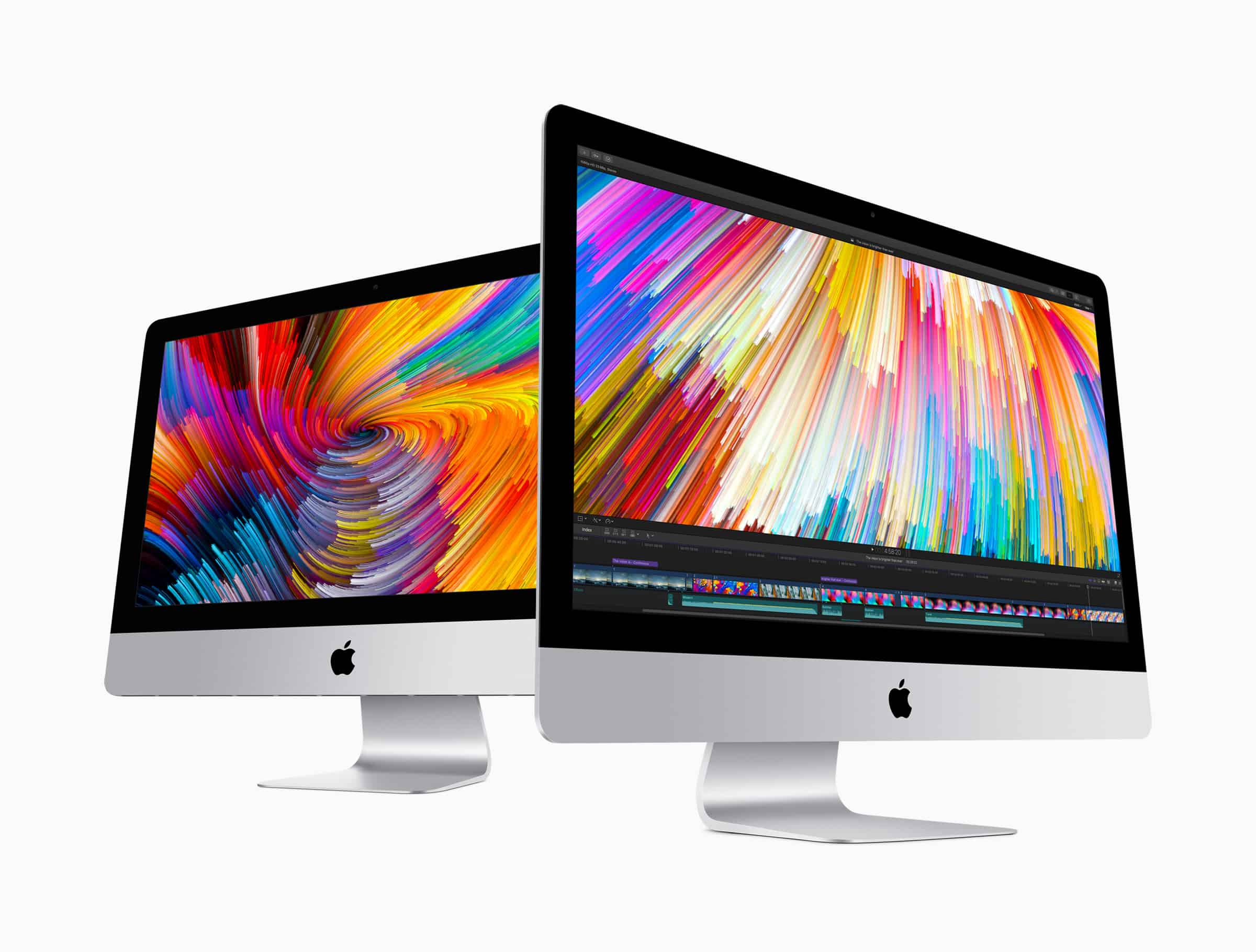
Alongside the release of iOS 11.2.2 this morning, Apple also pushed out a software update that brings a number of bug fixes and crucial improvements to the Mac.
The supplemental update arrives in the form of macOS 10.13.2. It includes a couple of changes that mitigate the effects of the nasty CPU flaw unearthed earlier this month.
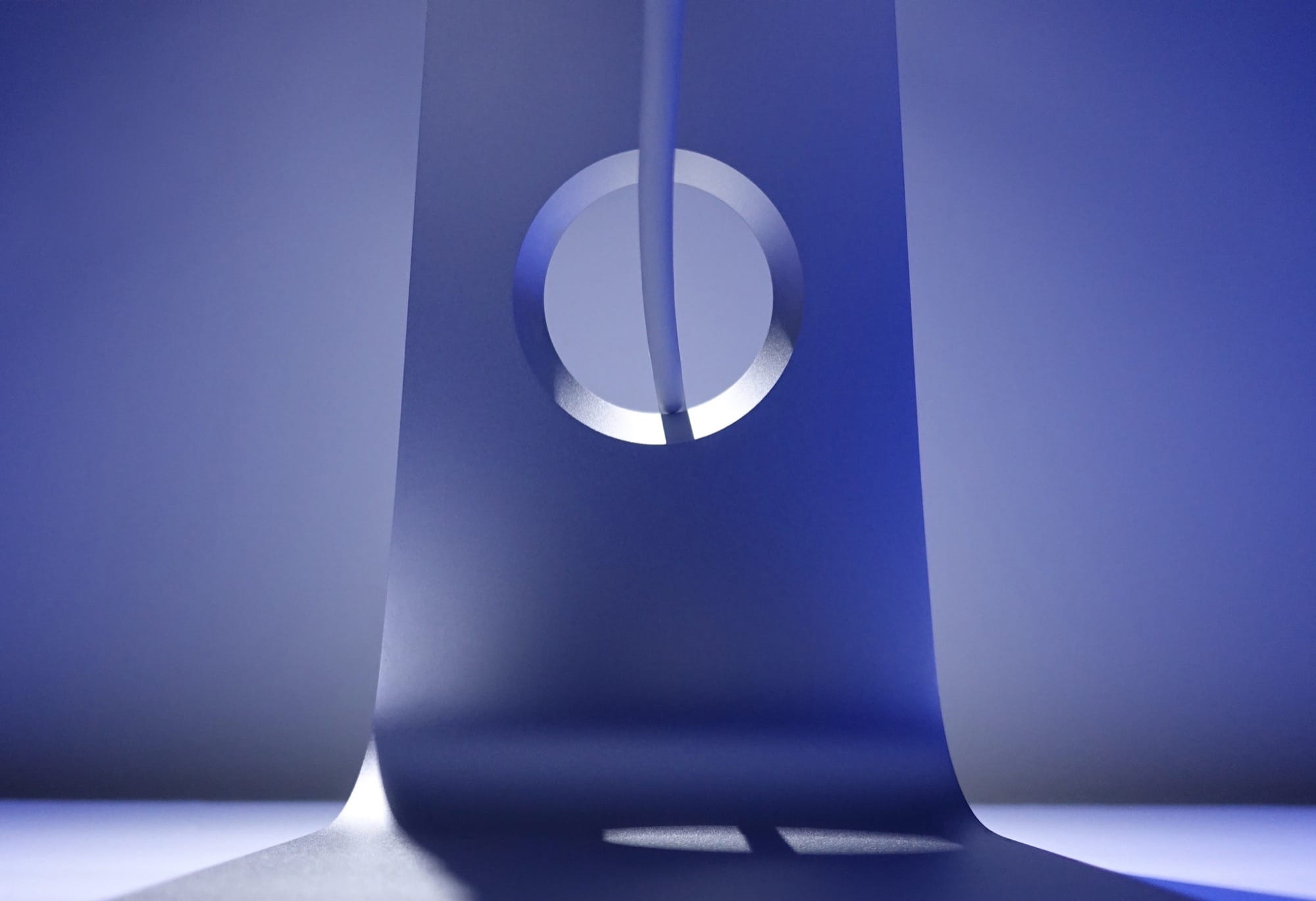
When iOS update time rolls round, you probably run through all the devices in your home, downloading those multi-gigabyte updates over and over. If you have a few iPhones, plus a couple of iPads, it all adds to a lot of data, and a lot of waiting. New in macOS 10.13 High Sierra is Content Caching, which stores these downloads on a Mac, so they only have to be downloaded once.
This doesn’t only save on internet data usage. It also makes it way faster to update several devices. And it’s not just updates either. Content caching can also cache iCloud documents, your photo library, and app updates.
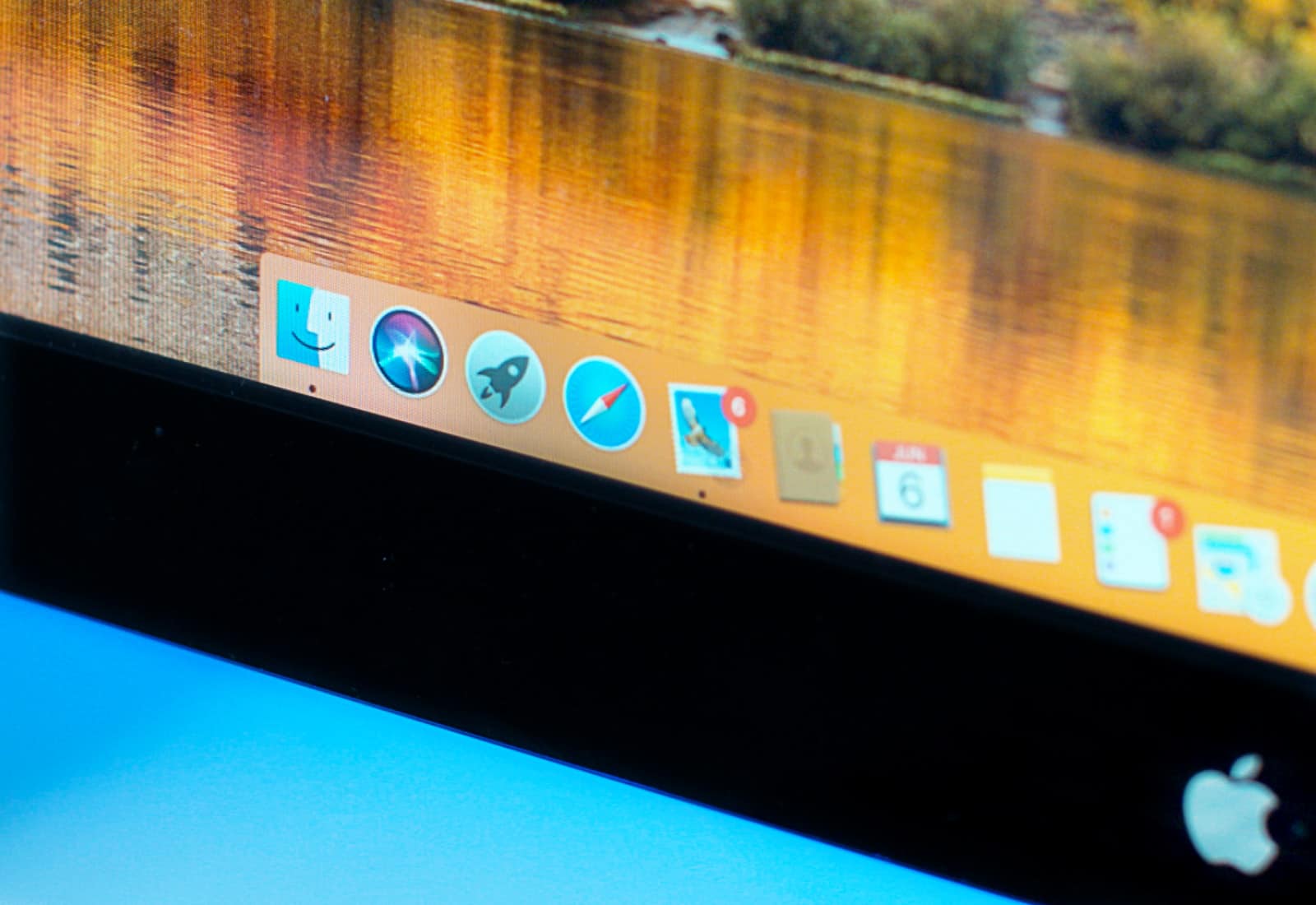
Apple has seeded its second macOS High Sierra 10.13.3 beta to registered developers.
The release comes just one week after developers got their hands on the first macOS 10.13.3 beta. There are no significant user-facing changes in this update; it is mostly focusing on ironing out bugs and issues with High Sierra.
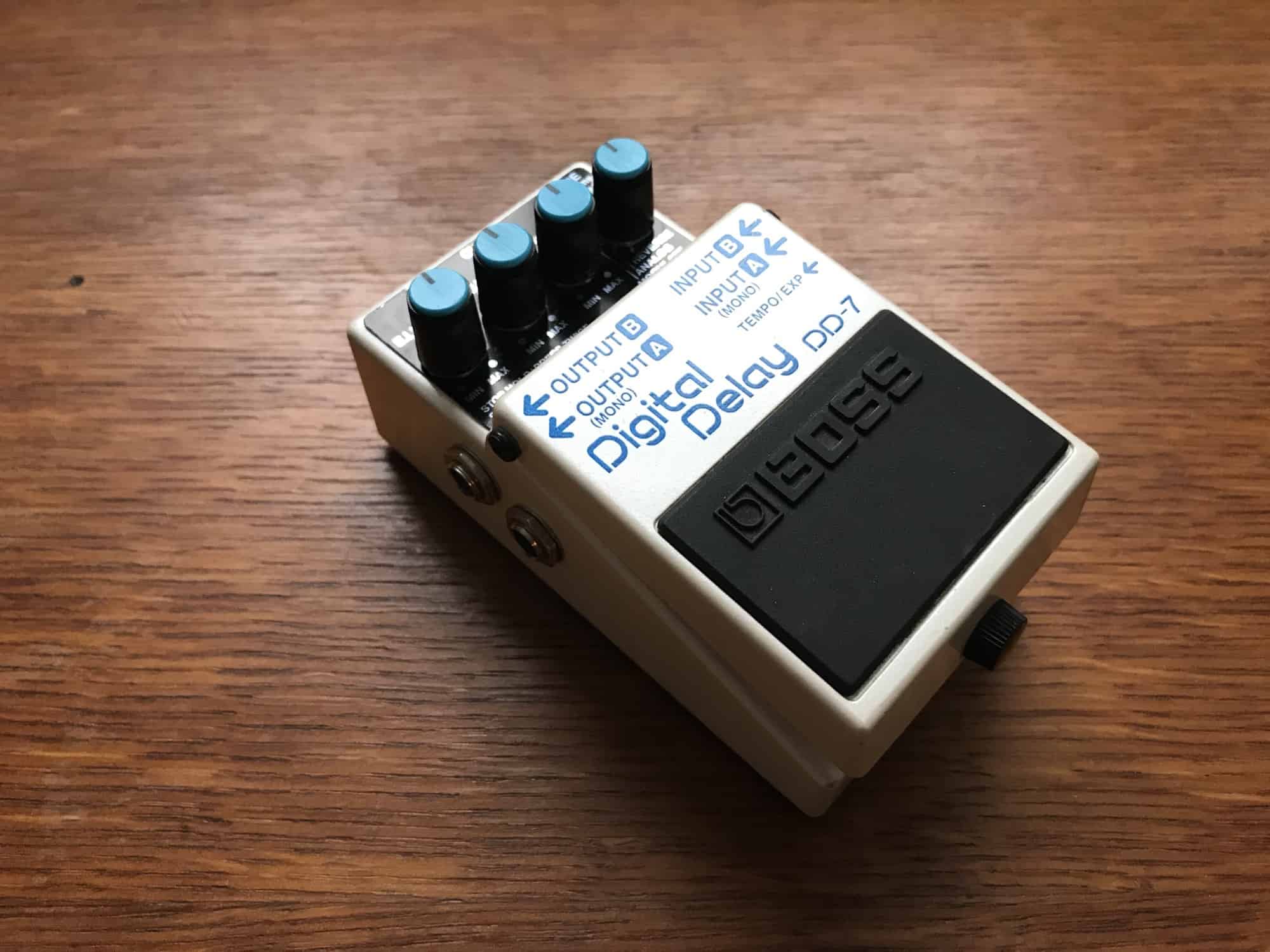
Do you have a bunch of photos that you took with your iPhone that all need to be tweaked the same way? Maybe you edited one shot from a session into the perfect B&W portrait, and you want to apply the exact same combination of lighting effects, color tweaks and filters to the rest of the pictures you took in the same photo shoot. Or perhaps you just want to standardize the white balance for a batch of images so their colors all match.
That’s easy to do in Photos for macOS High Sierra, using the Copy Adjustments tool. Here’s how to use it.
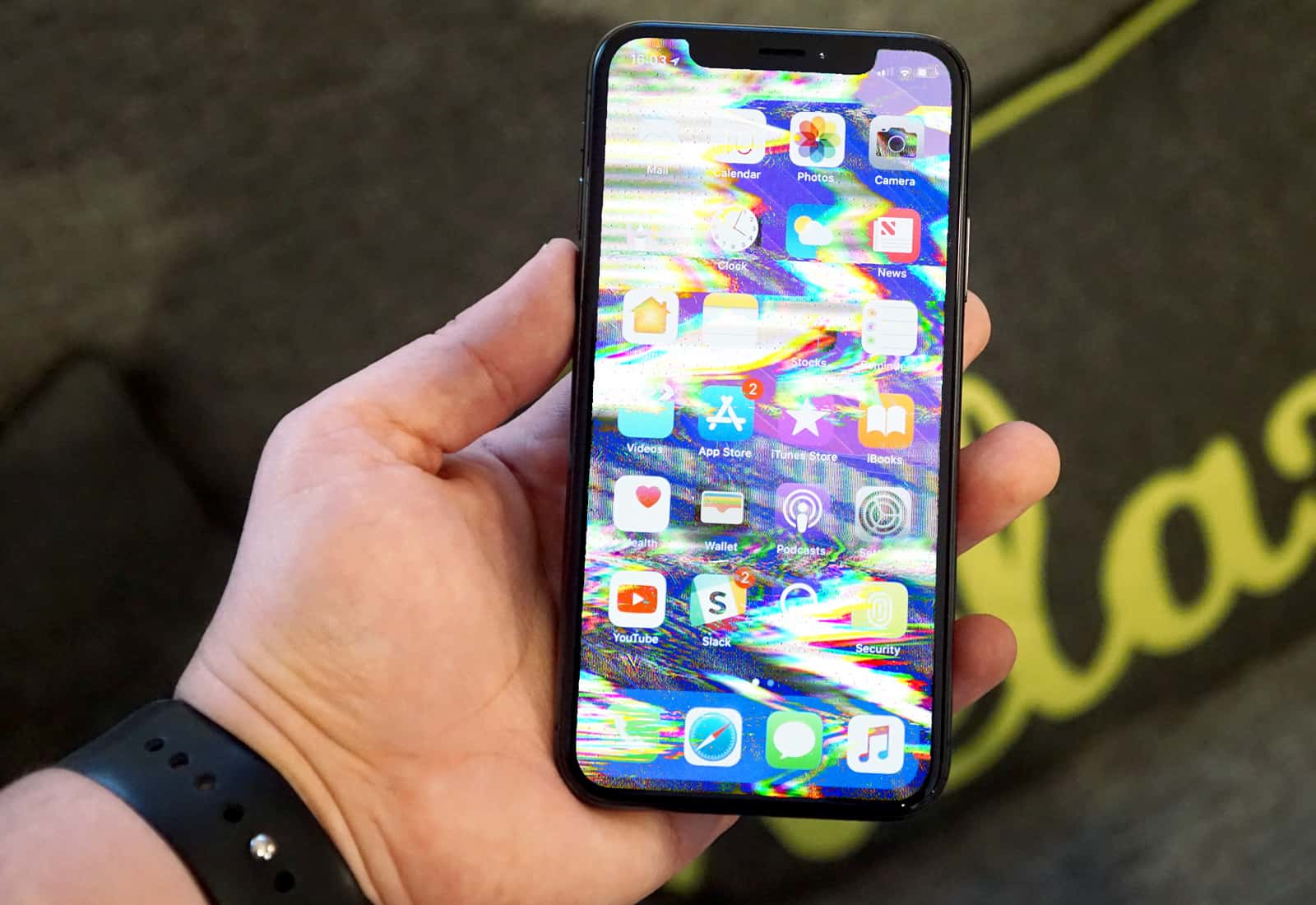
Apple built its trillion-dollar reputation delivering beautiful hardware that turned tedious tasks into magical experiences.
But a recent string of ridiculous bugs — and a seriously shocking security flaw — put Cupertino in a precarious position: If Apple doesn’t stop the screw-ups, it could permanently sully its good name.

The second big update for macOS High Sierra has finally arrived.
Just a few days after launching iOS 11.2, tvOS 11.2 and watchOS 4.2, Apple has now made macOS 10.13.2 available to the public following months of beta testing.

Apple’s quick fix for a major security flaw in macOS High Sierra has resulted in another issue for some users. The update introduces yet another bug that breaks file sharing, but Apple has published instructions on how to repair it.

Apple has rolled out a fix for a massive security flaw in macOS High Sierra.
The issue, disclosed on Tuesday, allows anyone to gain administrator access to your Mac without your login password. Apple asks users to install its latest update “as soon as possible.”
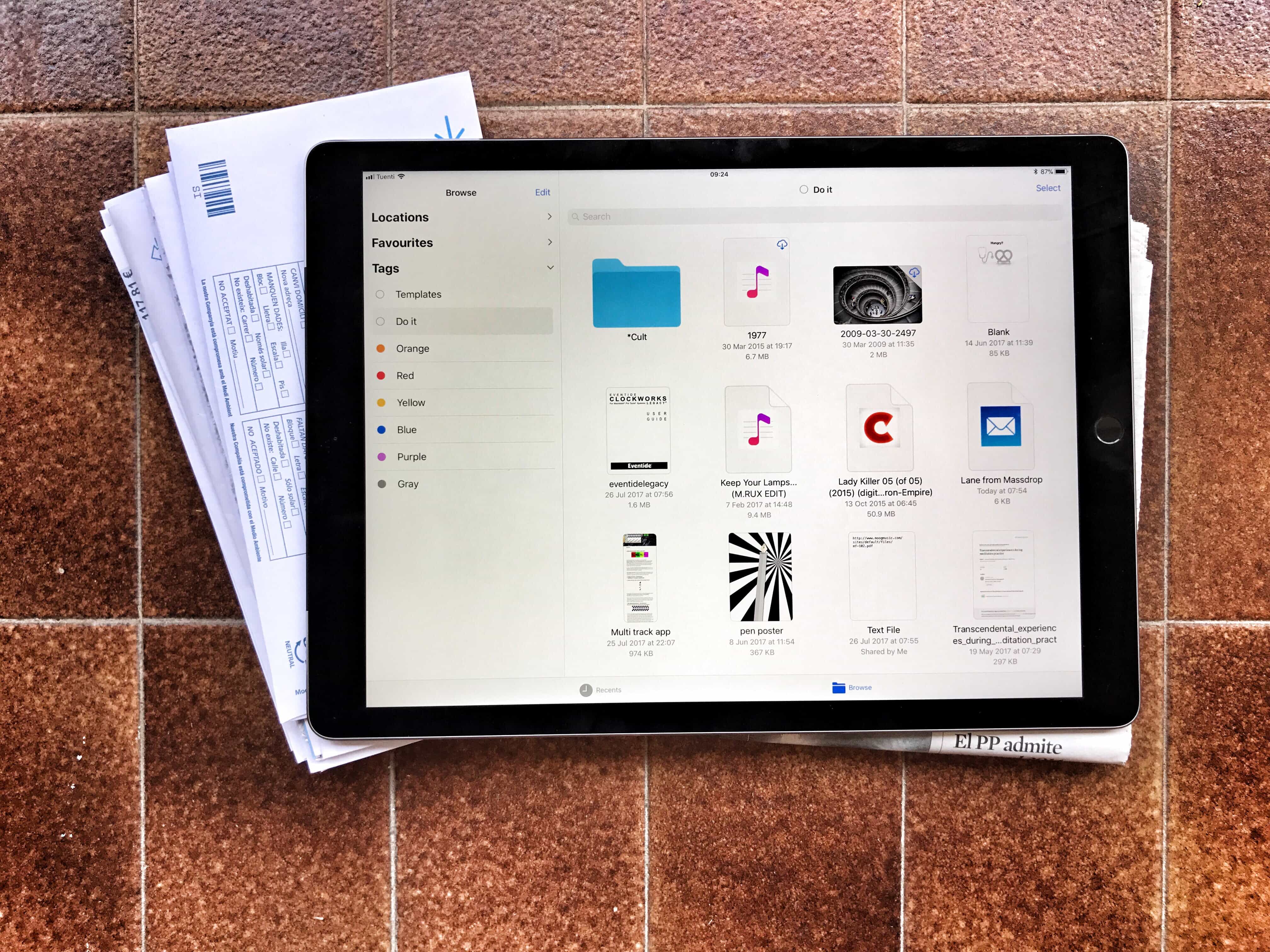
One of the most useful new features in iOS 11 is tags in the Files app. Just like in the Finder on the Mac, you can mark your files with as many tags as you like, making them easy to organize, and easy to find, even when they are scattered across different folders.
For instance, if you’re working on a song on your iPad, you could create a new tag for that song. You can add that tag to the GarageBand project, to any versions of the song you export to share with other folks, to any ideas for that song you record with the Music Memos app, and to any little samples, field recordings or sounds you create with other apps. Then, you can see all those files together in one view, even while they all stay safe in their original folders.
Even better is that Files uses the exact same tags as the Finder on your Mac, so anything you keep in iCloud Drive will be tagged in both places. Let’s see how iOS tags work.
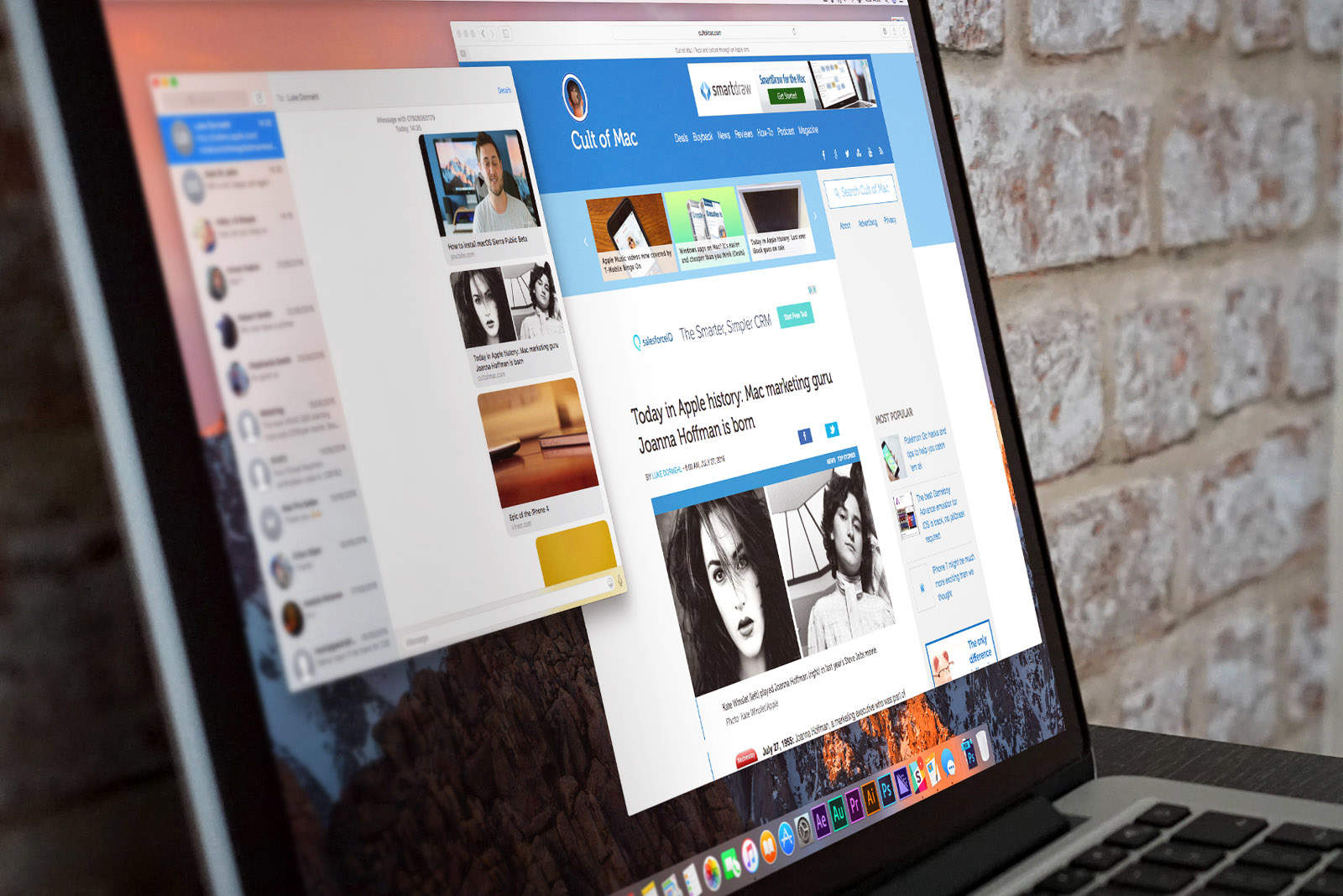
A frustrating bug in macOS High Sierra is causing significant iMessage delivery delays for some users. It is also causing notification issues on iPhone and Apple Watch, and as things stand, there is no real fix.
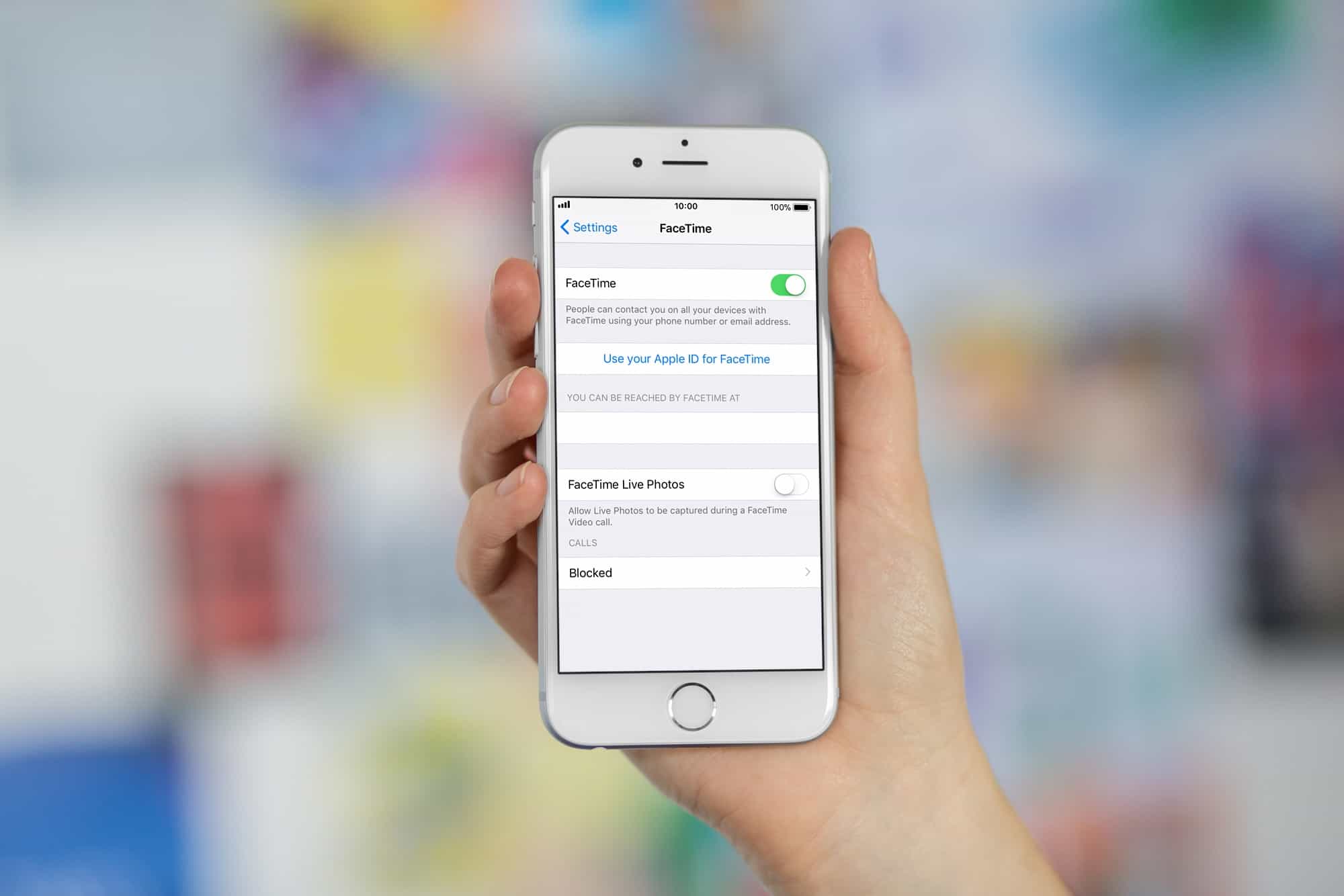
You know how when you’re on a FaceTime call with your parents, and your father holds his favorite recipe up to the camera, and you use the screenshot to capture a photo of it? Well, now there’s a proper, official way to capture images from FaceTime calls. Even better, they’re not just stills. The captures are Live Photos, so you can relive that goofy smile from your grandparent long after they’re gone.
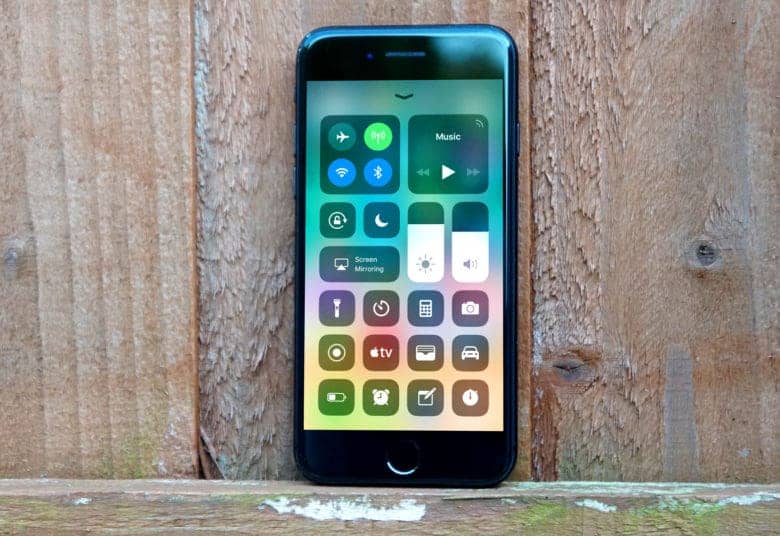
The first big beta update for iOS 11 is already available to the public, just one day after Apple seeded the new beta build to developers.
iOS 11.1 beta 1 can now be installed on iPhones and iPads by public testers and comes with other big updates for tvOS 11 and macOS High Sierra.

Following three months of beta testing, macOS High Sierra is almost ready to make its public debut.
There are a whole bunch of new features and improvements to look forward to in this update, including an overhauled Photos app, enhanced Siri, and the new Apple File System.